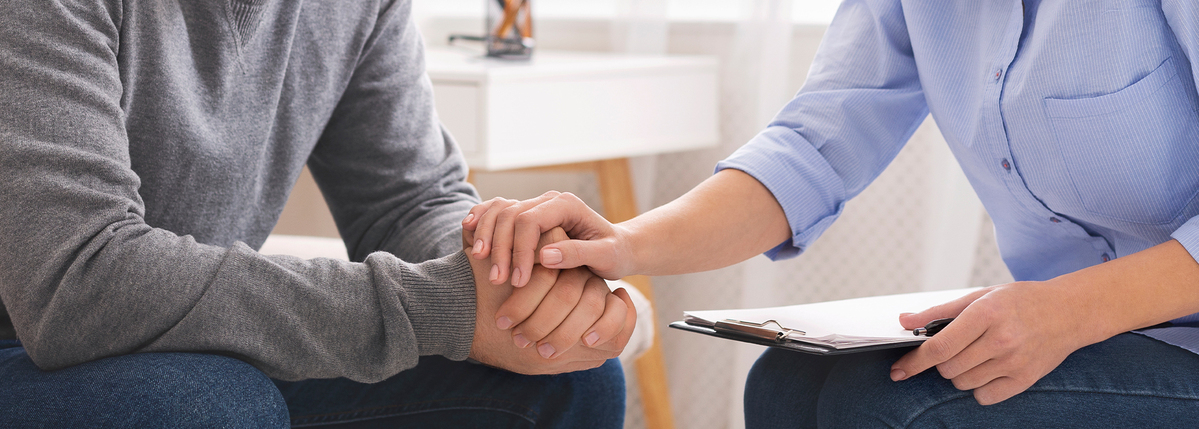Tips to Identify Diabetes Burnout
Editor’s Note: This article was made possible with support from Dexcom, an active partner of Beyond Type 1 at the time of publication. Dexcom was the main sponsor of the TypeOneNation Virtual Summit: Living Without Limits. Beyond Type 1 maintains full editorial control of the content published on its platforms.
On July 31, we had the opportunity to undergo an unprecedented experience: the first JDRF TypeOneNation Summit entirely in Spanish. Held thanks to the JDRF-Beyond Type 1 alliance, they offered us a wide catalog of very interesting sessions, among which we were able to find conferences on emotional health and diabetes.
I had the opportunity to attend the session on “Diabetes Burnout” by Julissa Rolón and René Buenfil. They are both diabetes educator psychologists and they shared very valuable information about burnout in self-care and as caregivers of a person with type 1 diabetes.
IDENTIFYING BURNOUT
We know that diabetes is a full-time job, without rest, and it lasts forever. It becomes a fundamental responsibility in our lives and, like many of the responsibilities that require our full attention, it can be exhausting. Julissa and René shared that, both feeling overwhelmed by the care of our condition, as well as the lack of interest when doing activities related to diabetes, can be signs of burnout.
“Diabetes education is the treatment.” We have heard this statement countless times and, of course, it is correct. Julissa tells us that lack of education makes us see diabetes as a burden that we cannot handle. But also, good diabetes education does not exempt us from experiencing burnout, as there are other factors that can lead us to this situation. René points out: “burnout is normal.”
CAUSES FOR BURNOUT
Due to diabetes’ different uncontrollable factors, it is a constant adaptation process. Many fears can motivate us to feel constantly burdened. Patients and caregivers can feel burnout. Julissa and René share that part of burnout is related to communication and the relationships we have with our relatives or close friends. As an example, they talk about the transition from childhood to adolescence in patients with type 1 diabetes, and how this process of delegating activities related to their diabetes care, as well as their caregivers adopting the position of “diabetes police”, exerting pressure to improve their care, can lead to burnout.
STRATEGIES TO FACE BURNOUT
Julissa lives with type 1 diabetes and, like many of us who live with this condition, she has experienced burnout and shared her experience in coping with it. In her case, she takes a “responsible vacation,” that is, she decreases the demand for self-care without being negligent, she stops using technologies such as continuous glucose meters (CGM) but continues to monitor her blood glucose (sugar) with a glucometer and keeps taking her insulin properly. It is important to consider that the strategies are individual and that we must validate and be aware of our burnout in order to develop them.
TECHNOLOGY AND BURNOUT
We are fortunate to live in a time in which diabetes technology advances by leaps and bounds, but we must accept that its use can be extremely overwhelming, and as Julissa points out: “Biologically we are not designed to see so much information.” Many times, the use of technologies can be invasive for our bodies and can affect our emotional health. Also, we should consider that not all patients with diabetes are cut out for technology. Each life with diabetes is a different world.
DEALING WITH BURNOUT
René shares that the first step to coping with exhaustion is knowing that it is okay to feel tired and vulnerable. After that, we can apply changes in our routine, as well as go to a mental health professional. He advises us to go through burnout as a community experience, and to those who are close to someone who lives with diabetes, accompany them in these difficult times.
Julissa recommends that we seek out our community, make use of social media so that we do not feel alone, as well as filter the type of information we want to see. She says that it is valid to take any measure necessary for our emotional health, but we must be guided by mental health professionals since they are the ones who can help us to have tools for greater emotional agility.
In the words of René and Julissa: “A big part of good diabetes management is having a good emotional balance.”
If you missed this session, you will be able to watch it until August 31 on the TypeOneNation Virtual Summit in Spanish: Living without Limits platform.





